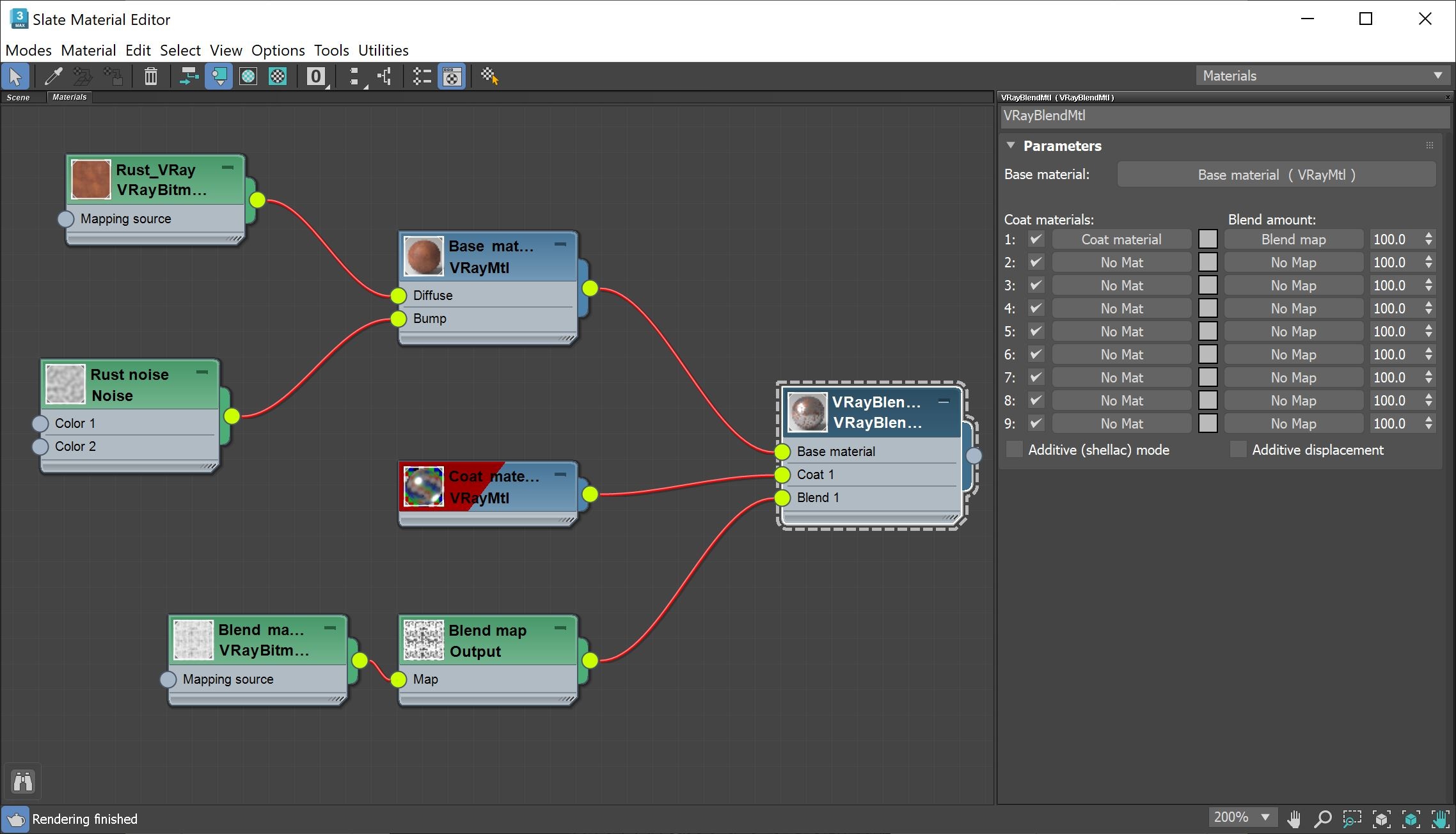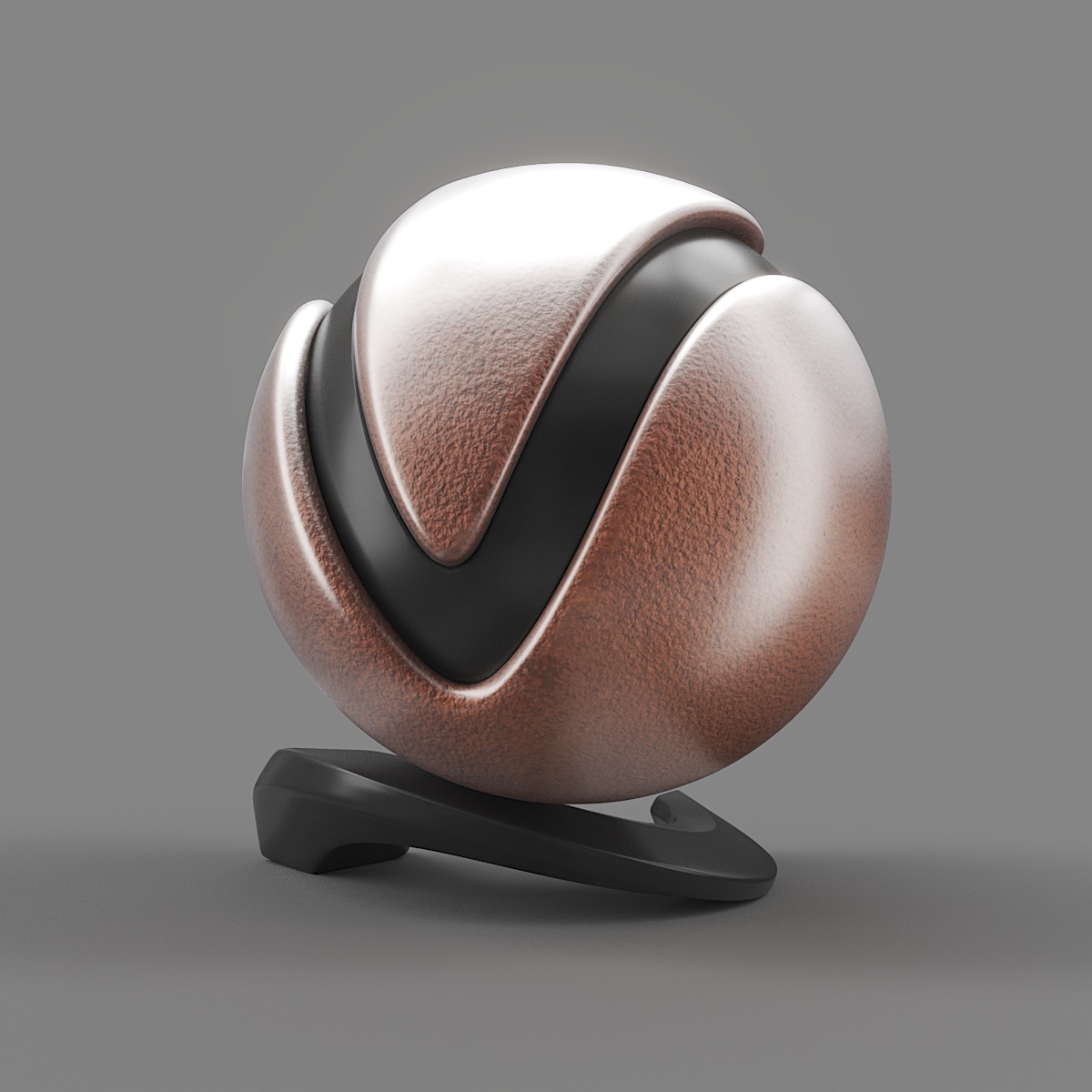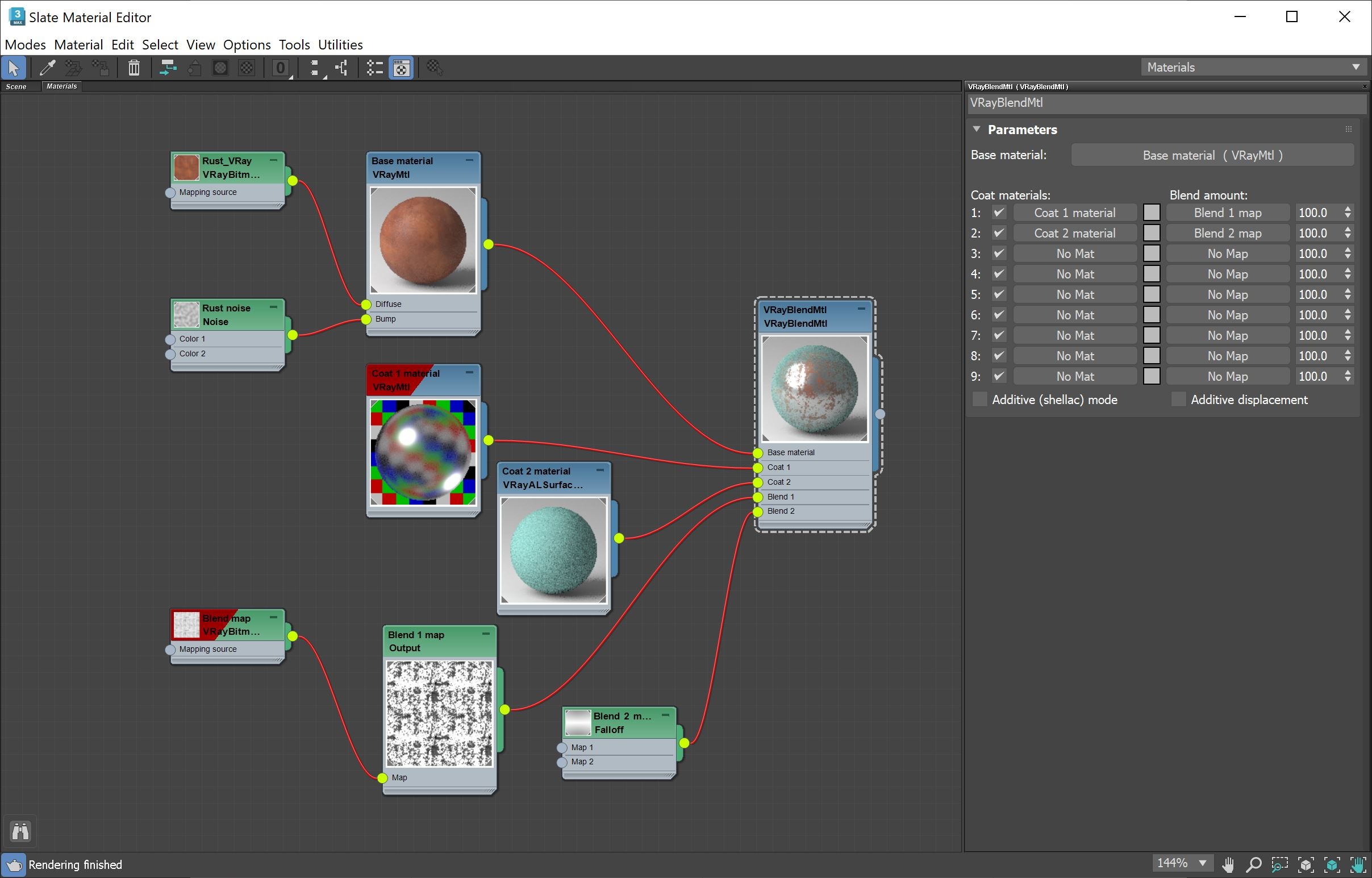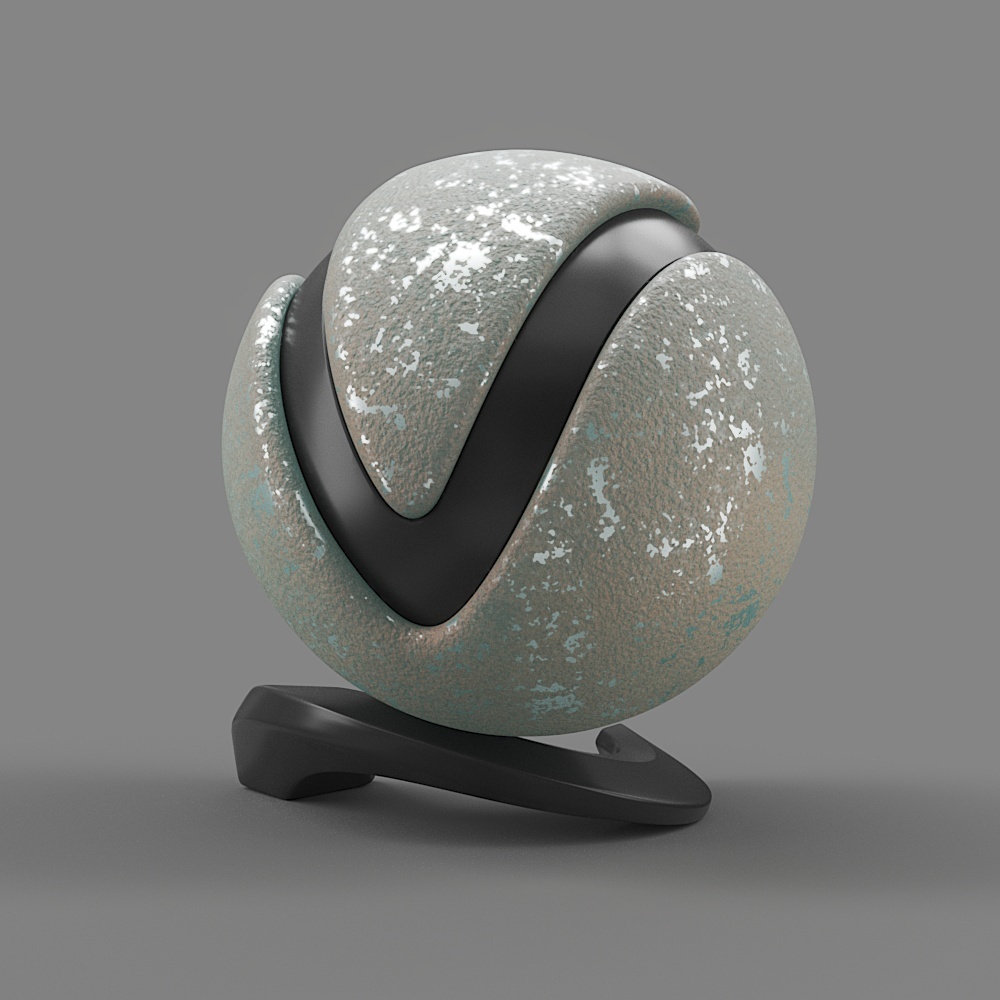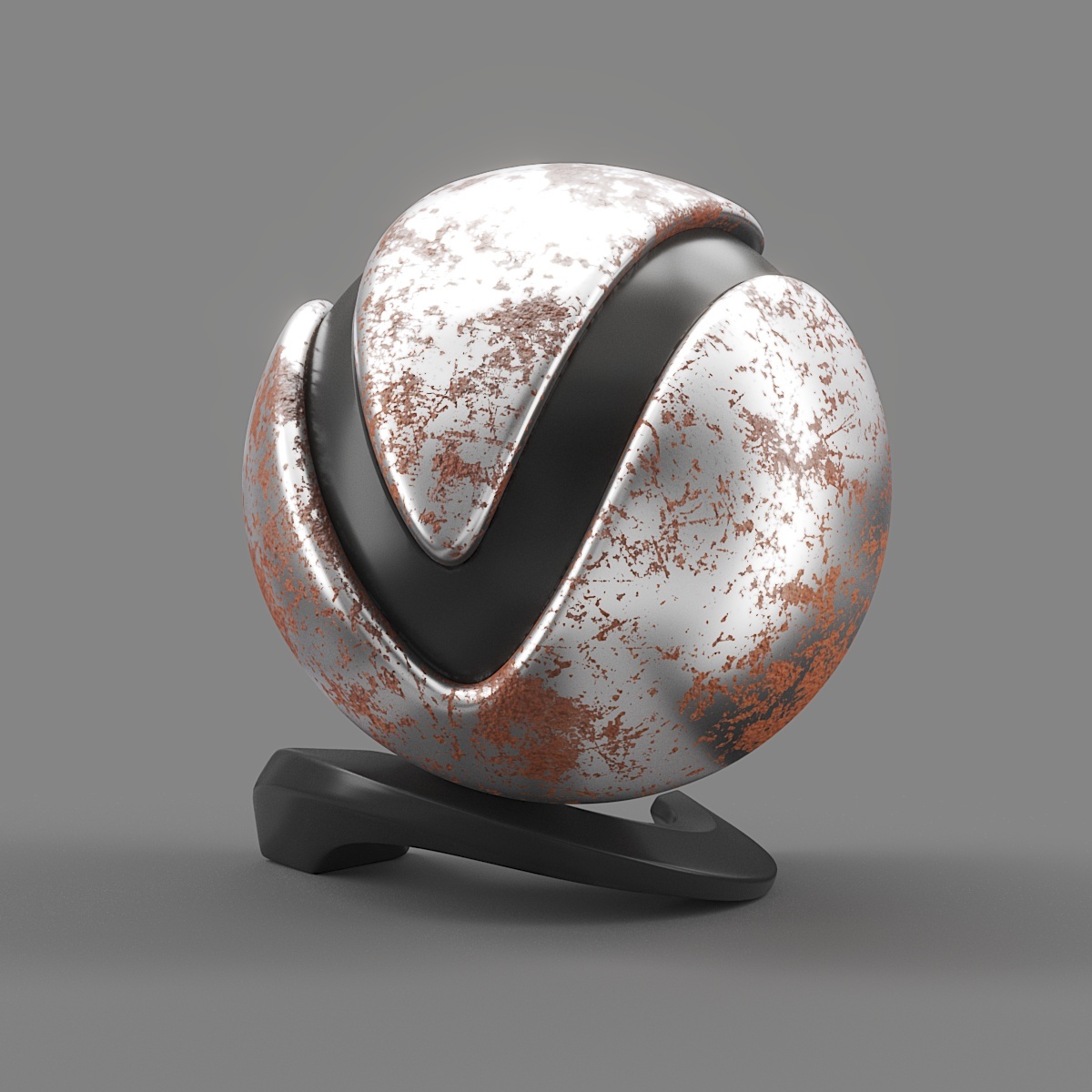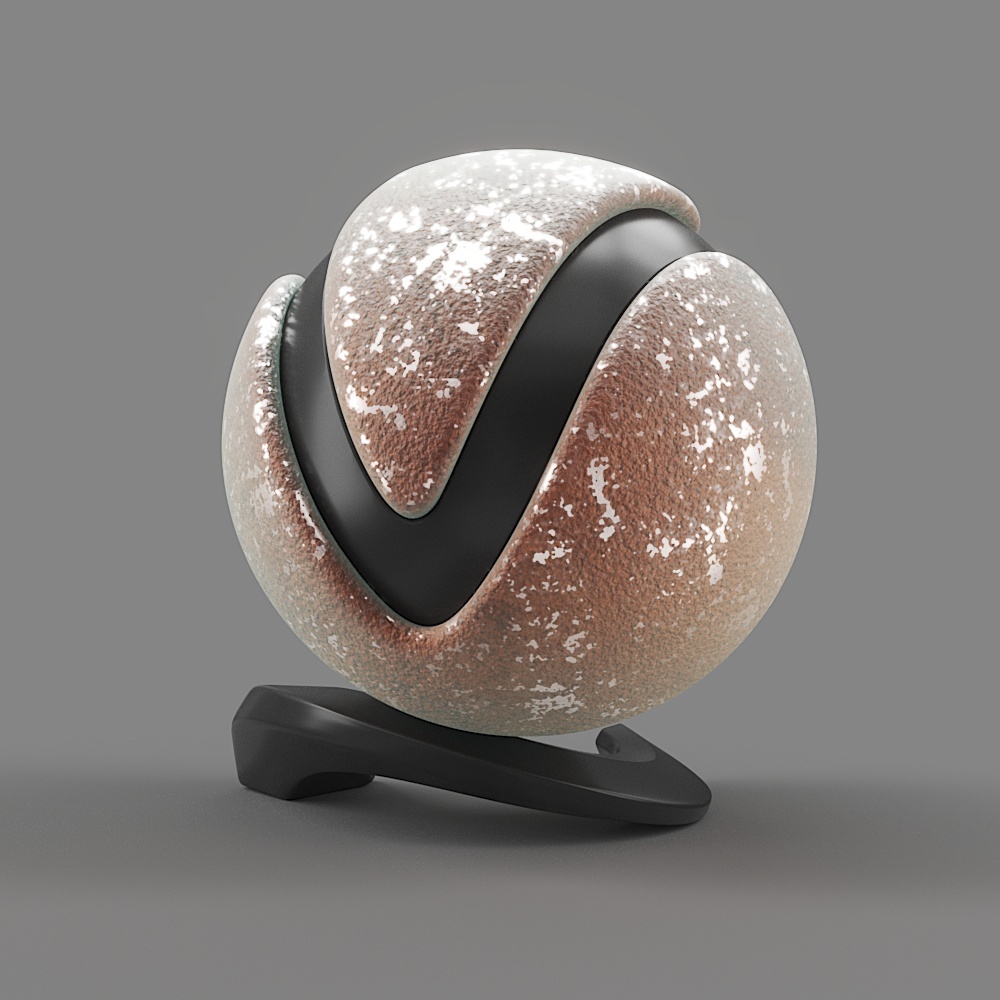This page provides information on the Blend Material.
Overview
VRayBlendMtl can be used to layer several V-Ray compatible materials in an efficient manner. VRayBlendMtl takes full advantage of the shading pipeline of the V-Ray renderer and is typically faster than the standard Blend, Shellac, and Composite materials of 3ds Max. It also keeps the physical correctness of the final material while offering similar functionality to the standard 3ds Max ones. It can be used to create complex materials like car paints, human skin (when used with VRayFastSSS as a base material), etc.
An advantage of VRayBlendMtl is that you can use the VRayMtl Select render element to split the different sub-materials of VRayBlendMtl into different render elements.
VRayBlendMtl takes a base material and applies other materials (coatings) on top of it. This works like a stack, where each coat material blends between its own shading and that of the materials below it in the stack.
© Niall Walsh
Parameters
Base material – Specifies the base material over which other materials are layered. If this is not specified, the base material will be assumed to be a perfectly transparent material.
Coat materials – Specifies materials to use as coatings.
Blend amount – This color specifies how much of the final result is contributed by the corresponding coating material, and the rest of the materials below it. If the Blend amount is white, the final result is comprised of the coat material only, and other materials below it are blocked. If the Blend amount is black, a coat material has no effect on the final result. This parameter can also be controlled by a texture map. See the Blend Amount example below.
Additive (shallac) mode – When enabled, VRayBlendMtl behaves like a multi-layered Shellac material. Note that this would often result in a physically incorrect material (e.g. a material that reflects more light than falls on it). It is not recommended to use this option unless you know what you are doing. See the Additive Mode example below.
Additive displacement – When enabled, each coat material's displacement adds up to the previous one. See the Additive Disablement example below.
Example Workflow
Example: Blend Amount
The following examples shows the effect of the Blend amount texture on the render.
Here are the rendered results. In the first slider, the same blend amount texture is used with different Blend amount values. In the second slider, different blend amount textures are used and all of them have a Blend amount value set to 100%.
Move the slider to see the example renders.
Move the slider to see the example renders.
The VRayBlendMtl has two Coat layers here and the blend amount textures control how each layer contributes to the final image.
Example: Additive Mode
The following example shows the effect of the Additive (shellac) mode on a render.
Example: Additive Displacement
The following example shows the effect of the Additive Displacement option on a render.
Notes
- VRayBlendMtl is specifically designed for the V-Ray shading API and can only support V-Ray compatible materials (VRayMtl, VRayFastSSS, etc.). Additional V-Ray compatible materials can be developed with the V-Ray Shading SDK.
- If any of the Coat materials is a VRayMtl with Fog color other than white, it will be ignored. Fog color will be considered only for the Base material.
- The proper way to access the coat materials and their respective properties is through the array parameters: .coatMtl, .blend, .texmap_blend, .texmap_blend_multiplier (texmap_blend_mult). The others are read-only parameters accessors.




